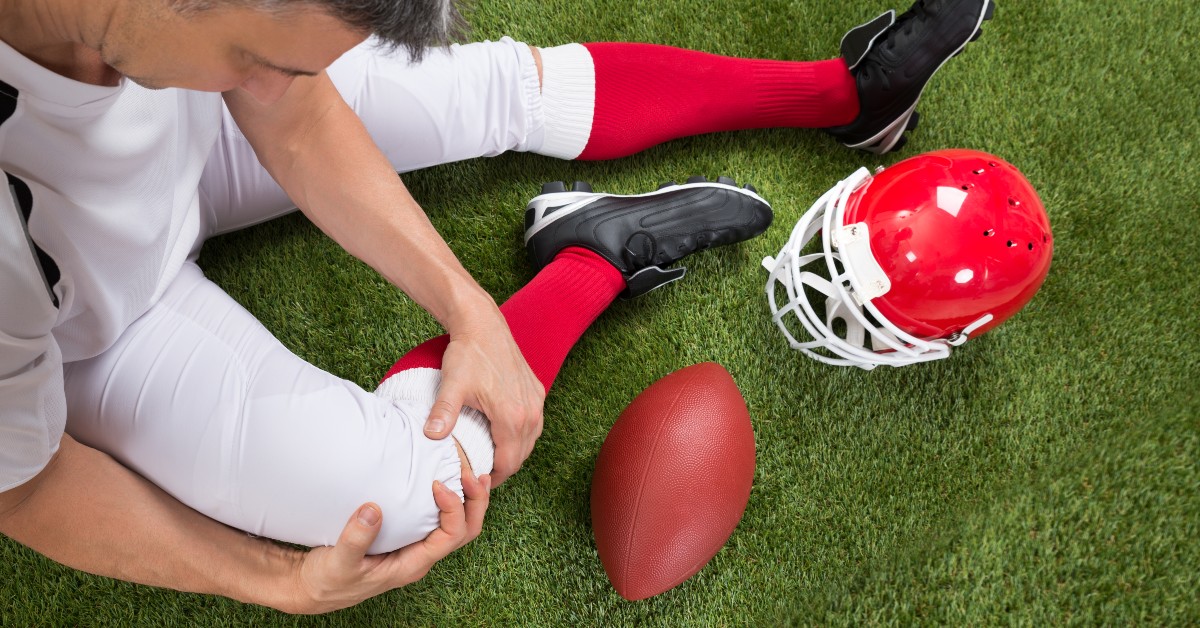
How Do You Know You Tore Your ACL?
There's no denying that knee injuries can take a serious toll on your quality of life. Your Anterior Cruciate Ligament (ACL) is essentially a band of ligaments that stabilize your knee bones. It's important because it keeps your shinbone in place so that it doesn't slide in front of your thigh bone.
ACL Injuries
Unfortunately, ACL injuries are common. They are tears or sprains that often occur after sports and other activities like jumping, changing directions, or stopping suddenly. If you've heard or felt a "pop" on your knee, you may have an ACL injury. Pain, swelling, and instability in the knee joint are also signs of ACL injuries. If you have a mild ACL injury, rest, physical therapy, and other conservative measures may be all you need to treat your condition. On the other hand, if you have a serious ACL injury, surgical intervention may be necessary.
Types of ACL Injuries
As we mentioned, ACL injuries are usually tears or sprains. So what's the difference? Good question! Hence the name, an ACL tear occurs when you tear your ACL partially or completely. An ACL sprain, however, arises when you overstretch your ACL but do not tear it. Since ACL tears and sprains are similar, you may be wondering how to tell them apart. Keep reading to find out.
ACL Sprains
ACL sprains have three different grades: 1, 2, and 3. If you don't have much stretching and a stable joint, you likely have a grade 1 sprain and won't need surgery. With a grade 2 sprain, you've had a bit of tearing and some instability in your knees. Your instability will determine whether surgery will help. A grade 3 sprain is the most severe type of sprain, characterized by an unstable knee joint, and requires surgery.
ACL Tears
The telltale signs of ACL tears are pain, swelling, and knee instability. If you've torn your ACL, you may feel like your knee is unstable and unable to support the weight. ACL tears can initially be treated with rest, ice and compression, and possible therapy. The good news is that there are some things you can do to prevent ACL tears. Exercises that focus on leg and core strength and proper form can all help.
If you think you've hurt your ACL, don't hesitate to consult a doctor to receive a proper diagnosis and individualized treatment plan.


